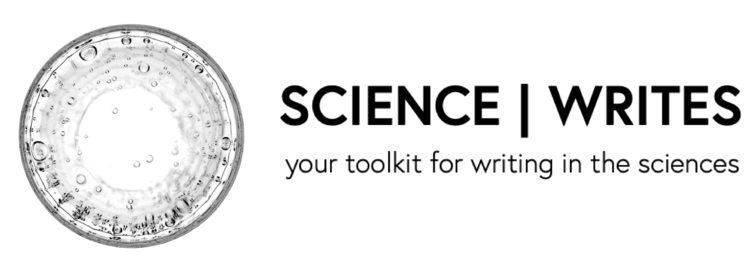SIDEBAR CONTENT?
.
.
.
.
.
.
.
.
Science fields are centered around sources just like any other field. As you learned in Expos and from the Harvard Guide to Using Sources, when you deploy sources in your papers, you show how your thinking builds on the scholarship of your field. However, the sources you use in science papers function differently from the sources you use in papers in other disciplines because of the importance of experimentation. As a result, sources are not treated equally in terms of their authority: peer-reviewed primary research articles are the most highly valued. Peer-reviewed review articles are also highly valued.
TYPES OF PUBLISHED SOURCES
- Peer-reviewed primary research articles
- Peer-reviewed review articles
- Chapters in edited books
- Books from university or popular presses
Websites maintained by government agencies or foundations that collate descriptive statistics (like the NIH or the CDC)
PARAPHRASING
In the sciences, the default method of presenting source material is by paraphrasing it.
Paraphrase poses a challenge because science also uses a lot of technical language. To speak intelligently about your topic, you have to know what language must be maintained.
Paraphrasing is a learned skill that you will become better at as you develop expertise in your concentration, because you will develop better judgment in terms of what words you can keep and what words are replaceable.
Paraphrasing is challenging because there is not one right way to do it; any given sentence or paragraph can be paraphrased in many different ways. Whether you keep more or less detail, highlight some elements and not others, depends on the purpose you are using that evidence for.
For example, if you are establishing the key findings in a particular area, you may concisely paraphrase the findings from an article with very little detail about the article’s experiments.
In contrast, if you are evaluating how previous research has portrayed a particular phenomenon, you may want to provide more detail about the article’s experiments or the interpretations in addition to details about the findings.
GOOD PARAPHRASING
- Accurately re-presenting the author’s meaning
- Using correct citation information
- Using your own words to re-present an author’s meaning
- Using your own sentence structure when re-presenting that meaning
- If you’re paraphrasing a longer passage, you may consider reconfiguring the order of the ideas if necessary
BAD PARAPHRASING
- Changing one or even a few words
- Rearranging words
- Replacing the words with synonyms
- Omitting a few words
- Changing punctuation
- Reordering the phrases in a sentence
- Reordering the sentences in a paragraph
Quotations aren't forbidden in science writing, but they are uncommon. The reasons for their limited use lies in the nature of science. Scientists build theories and models about how the natural world operates. In science writing, the focus is on concepts, data, and interpretation, rather than the language used to relay information and ideas.
If you are analyzing the language someone has used to represent a natural phenomenon to interpret their results, then you might quote the author’s original language. Quoting in this way occurs when the writer’s intent is to challenge someone’s representation or interpretations, and is not usually applicable to the written analysis you'll do in your science classes.
You should use quotations only when you have a specific and necessary reason, like when it is critical to describe a key term in the way in which it was originally defined, e.g..
Limit Quotes
While there are instances when you might quote, they are very specific. The reasons for minimal use of quotation lie in the nature of science.
Scientists build theories and models about how the natural world operates, so they prioritize the ideas behind these theories and models, not the words someone used when explaining that idea. Analysis in the sciences focuses on the data that scientists collect and the interpretations of the data; it does not focus on how someone says something.
Quoting isn’t forbidden, but it’s not used very often. Thus, when you use quotation in a science paper, you need to have a very good reason for doing so.
For example, if it is critical to define a key term in the way in which it was originally defined, then it would be acceptable to quote the original source.
For example, if you are analyzing the language someone has used to represent a natural phenomenon to interpret their results, then you might quote the author’s original language. This kind of quoting is not usually the kind of analysis you are doing in your science classes. It tends to occur when the writer’s intent is to challenge someone’s representation or interpretation.
For more information on summarizing, paraphrasing, and quoting, visit the Harvard Guide to Using Sources.
CITATION
The citations style you use will depend on your class, so you should check your assignment details or talk to your professor to make sure you know what style you are expected to use. More resources on how to cite sources is located on the Harvard Guide to Using Sources.
Citation is important because it helps you indicate to the reader when you are building on someone else work. Citation ensures that you give credit to the intellectual work of the author(s) of that work, and it helps identify the line between evidence and analysis, which, in turn, helps the reader see what your intellectual contribution is.
QUESTION TO ADVISORS—ARE THERE RESOURCES SPECIFIC TO YOUR FIELD THAT YOU WANT PROVIDE LINKS TO?
